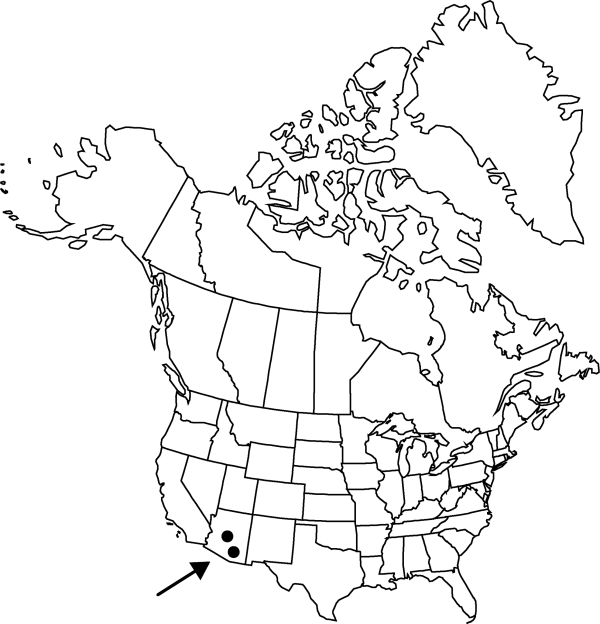Difference between revisions of "Opuntia microdasys"
Enum. Diagn. Cact., 154. 1837.
FNA>Volume Importer |
FNA>Volume Importer |
(No difference)
| |
Revision as of 22:22, 16 December 2019
Shrubs, erect to sprawling, to 1 m, with many small stem segments. Stem segments not disarticulating, bright green, flattened, circular to elliptic-obovate, (5–)7–10(–15) × (3–)4–8(–10) cm, low tuberculate, puberulent; areoles (9–)11–16 per diagonal row across midstem segment, subcircular, 2–5 mm diam.; wool white to tan, aging gray. Spines absent. Glochids numerous, nearly filling areole, usually yellow or whitish, sometimes reddish brown, to 3 mm. Flowers: inner tepals bright yellow throughout, aging peach, 25–30 mm; filaments and style white; anthers yellowish; stigma lobes dark green. Fruits red, spheric to ovoid, 20–25 × 12–16 mm, fleshy, pubescent, spineless; areoles 35–50. Seeds tan, nearly spheric (slightly flattened), 1–1.2 mm (perhaps infertile); girdle protruding to 0.5 mm. 2n = 22.
Phenology: Flowering spring (Apr–May).
Habitat: Desert hills, uplands, sandy to loamy calcareous soils
Elevation: 1700-2100 m
Distribution

Ariz., Mexico (Coahuila, Durango, Nuevo León, San Luis Potosí, Zacatecas).
Discussion
Opuntia microdasys is widely cultivated and sometimes naturalized in Arizona. In Mexico, O. microdasys hybridizes with O. rufida.
Selected References
None.